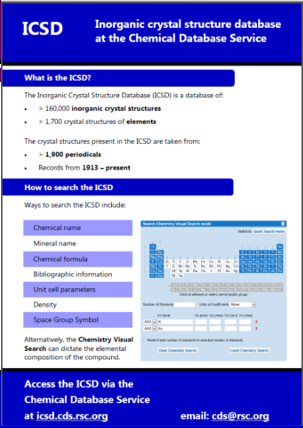

Easing congestion in one direction, for example, usually makes it worse in the others. Each has its own interests, and they often don’t agree on the biggest problems, the best solutions, and who should pay for what.Īnd even when they do, resolving the issues is never easy. The question is, why do so many of our intersections still make us want to scream? The reasons are as tangled as the roads themselves.įirst problem: Intersections in Greater Boston might fall under the domain of a city or town, but also MassDOT (the state Department of Transportation) or the Department of Conservation and Recreation (DCR), a natural resources agency responsible for nearly 1,000 intersections statewide. But as farmland became neighborhoods with street grids, it led to intersections built for aggression. “That made sense when there wasn’t much development,” says Joseph Barr, director of Cambridge’s Traffic, Parking, and Transportation Department. Feeder roads like Main Street and Broadway were once privately funded turnpikes radiating to Central, Harvard, and Union squares. Look at the Cambridge side of the Longfellow Bridge. This hub-and-spoke pattern was perpetuated as an expanding Boston reclaimed land, developing in fits and starts. The five streets headed toward South Station? To Colonials, they led to the Bull Tavern. Multiple roads usually converged at a tavern or a church, explained George F. The early settlers built wherever they wished, and their well-worn paths eventually became roads. Kelley Circle, choke point of the Jamaicaway.īlame our forefathers and their penchant for pubs and prayer. We can call them Uphams Corner or Kendall Square, but they are more like X’s or rounded triangles or infinite loops, a.k.a. We’re often moving so slowly, we’re more likely to die from aggravation than accident. I mean those contorted, confusing tangles of roadway that gum up our commutes and snarl our errands. I’m not talking about our most dangerous crossings (think the Middlesex Turnpike at Route 128), which most always involve a highway. Nowadays, every Bostonian has a most-hated intersection. In 1893, the city surveying department called the congestion problem “stupendous.” People have complained about Boston traffic since the city was a settlement on the Shawmut Peninsula and they were trying to get to the mainland across a sliver of land called the Neck (now part of the South End near Washington Street and East Berkeley). When one light changes to green, some idiot does one of those cross-lane right turns that gets everyone’s pulse racing, but eventually I succeed in getting onto the Pike and head toward the Southeast Expressway on my way to Kosciuszko Circle in Dorchester, the dreaded devil rotary. Cursing the merges, I guess at which lane will take me onto the Pike eastbound (no signs to be seen). There’s no green light long enough to let all the traffic coming off the Pike through, and the backup onto the highway can stretch a mile. Pike so epic that a Reddit poster dubbed it “the Newton Super Collider.” As I enter its Charybdic churn, I face what planners would call its first curse: It’s a highway exit rotary with stoplights. My next destination is Newton Corner - a ring of roadway above the Mass. I manage to escape, heading west, and 15 minutes later I’ve made it 2.7 miles onto Fresh Pond Parkway - the four-laner cutting through a supposedly residential neighborhood that carries Route 2 commuters toward Storrow Drive.

The city has since banned left turns from three of the square’s streets. I start near Inman Square, an old-school Cambridge crossing named for a wealthy 18th-century merchant but better known as a hornet’s nest where a cyclist was struck and killed last year. IT’S A DRIZZLY MONDAY in July, a bit after the morning rush hour, and I set off in my car on an improbable tour of terrible intersections in and around Boston.


 0 kommentar(er)
0 kommentar(er)
